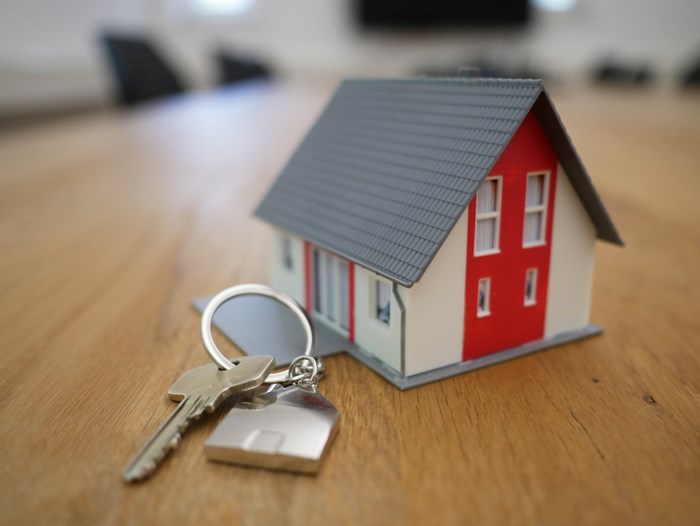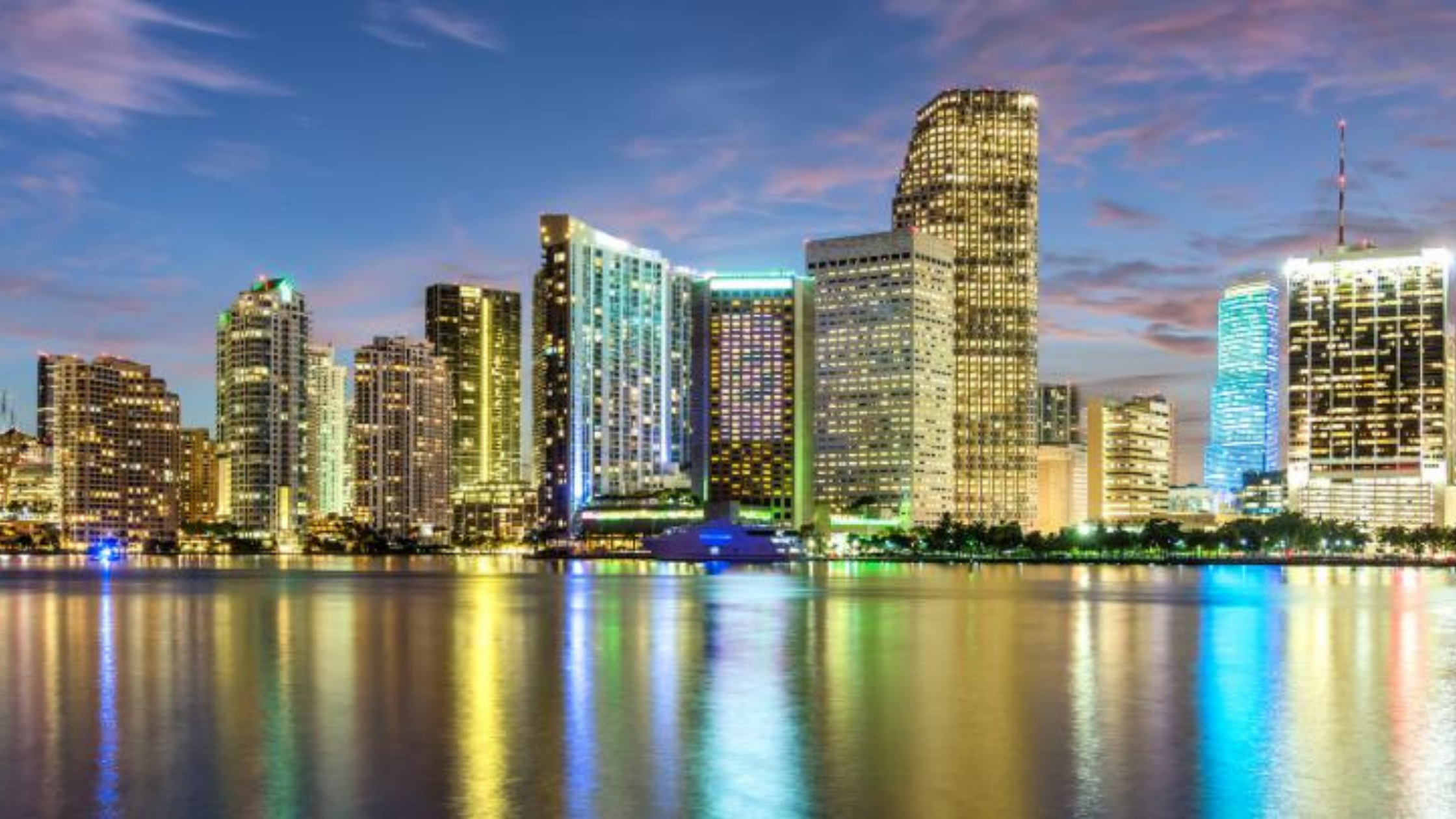Investor Invasion: Profit-Minded Home Buyers Flock to S. Florida
Oct. 11, 2021 | Written by: Rebecca San JuanInvestor Invasion: Profit-Minded Home Buyers Flock to S. Florida
Redfin: Home purchases by investors in Miami and Fort Lauderdale jumped over 90% in 2Q 2021 compared to 2Q 2020; the 2020 numbers were impacted by COVID-19.
MIAMI – Kaley Tuning and her husband began to invest in real estate in 2017 with the purchase of a modest home. Four years later, the couple own three houses, three townhomes, and a duplex in Pennsylvania in addition to their primary residence in Fort Lauderdale, where they live.
“The only thing that has changed [since the pandemic] is that we want more properties,” said Tuning, a sales director at Native Realty.
Thousands of other investors feel just the same way about South Florida.
According to the latest Redfin investor real estate report in July, home purchases by investors in Miami and Fort Lauderdale jumped a whopping 90% in the second quarter of 2021, compared with the same period the year before.
Redfin analyzed sales for houses, condos and multifamily buildings bought under an LLC, Inc., Trust, Corp or deed from January 2000 through June 2021 for the 50 most populous metro areas in the country. Miami ranked seventh for having the most investor home purchases in the country, Fort Lauderdale came in 11th and West Palm Beach was 18th.
Investors bought 2,640 homes in Miami in the second quarter of 2021, up by about 91% compared with 2020. They purchased 2,163 homes in Fort Lauderdale in the second quarter, up by 183% from the same period a year ago, and they gobbled up 1,243 homes in West Palm Beach, a 53% increase from the second quarter of 2020, according to Redfin.
While investments may have dipped in 2020 due to COVID, the numbers in 2021 were also higher than in 2019 for Miami and Fort Lauderdale (and slightly lower for West Palm Beach).
“Before the pandemic, people didn’t have as much cash on the sidelines, and they used it to travel, go out to eat, and other sorts of things. Now they’ve got the extra income,” said Jimmy Branham, sales associate with the Keyes Company. “They want to put it into properties. They can use that money to generate [additional] income. They can also take their property and use it once a month out of the year as part of their leisure and [receive] cash flow the rest of the year.”

Real estate experts describe two types of investors – one who’s solely looking to make a buck and the second who intends to use the home part time while also taking a profit through rental or an eventual sale.
Based in New York City, Steven Michaelson decided in December that he and his family could use a break from their Upper East Side condo, COVID restrictions and the cold. Like so many others from the northeast during the pandemic, Michaelson, the founder and CEO of the pharmaceutical advertising agency Calcium, sought temporary refuge in South Florida.
Michaelson, his wife and their three kids rented a house on Palm Island, minutes from Miami Beach. “We fell in love,” he told the Miami Herald.
The vacation, he said, quickly turned into a search for a second home. By February, the family landed their vacation pad, a 1,900-square-foot unit at The Continuum on South Beach for about $4 million. Michaelson said it will not only serve as a getaway – but also as an eventual profit center as it rises in value.
Several factors are driving investors like Tuning and Michaelson, Branham said, citing the warm climate, Florida’s favorable tax environment and low interest rates.
Investors in South Florida real estate are coming from across the northeast, Texas, California and Latin America, said Peggy Olin, CEO of OneWorld Properties.
In May, Olin said buyers from Argentina, Chile, Colombia and Mexico acquired 75% of the units at the Legacy Hotel & Residences condo in Miami. She’s seeing much the same at the 40-story 501 First Residences in Downtown where units start at about $300,000 for a 400-square-foot studio. With the building fully reserved, Olin anticipates that 75% of the 448-unit condo complex will close to Latin American investors starting in early October.
Foreign buyers are attracted to tourist-based economies, said Sheharyar Bokhari, Redfin senior economist.
“If you are a foreign buyer, you want to see a place that has a lot of tourism,” Bokhari said. “For other investors from New York or San Francisco, they might be hanging around the beach and then rent it. Some [others] see an opportunity in flipping a place.”
As a broker, Tuning saw her investor clientele jump to 81 from 15 in a year’s time.
“Everyone is paying in cash and a quick close. Most of them are investors,” she said. “The prices are going up, because the [interest] rates are so low.”
Branham added, “We are seeing a push right now. It is too early to tell if this is going to be something temporary or if it is going to continue on.”
The increased investor activity spells trouble for aspiring buyers in Miami’s workforce, said Ken H. Johnson, a Florida Atlantic University professor and real estate economist.
“They are being squeezed out of properties that they could just buy,” Johnson said.
Local prospective buyers wind up competing against out-of-state investors for homes priced at or below the median sales price – $500,500 for houses and $335,000 for condos in Miami-Dade County. To purchase a half-million-dollar home, a household would need to make $167,000, said Ned Murray, associate director of the FIU Metropolitan Center – and only 5% of households in Miami reach that number, based on 2019 Census data.
“We need to strengthen our economy to create better-wage jobs and better economic opportunities, particularly for communities of color so that they can afford to purchase a home,” Murray said. “That’s more longer term because we are an economy based on leisure and hospitality and other low-wage sector jobs.”
Black and Hispanic homeownership will continue to decrease in South Florida as a result of the ample competition, Murray said.
“As prices continue to rise, it’s filtering down to the housing supply that would be relatively affordable to the working-class Black and Hispanic populations,” Murray added. “That’s what we’re beginning to see. People are leaving.”
For the Michaelsons, they already know how they’ll split their time in the years ahead. Summer in East Hampton, fall in Manhattan and winter and spring in Miami.
“Real estate is like an elevator,” Michaelson said. “It’s always going up. If you can own your own place, then it’s great to live in your investment.”

